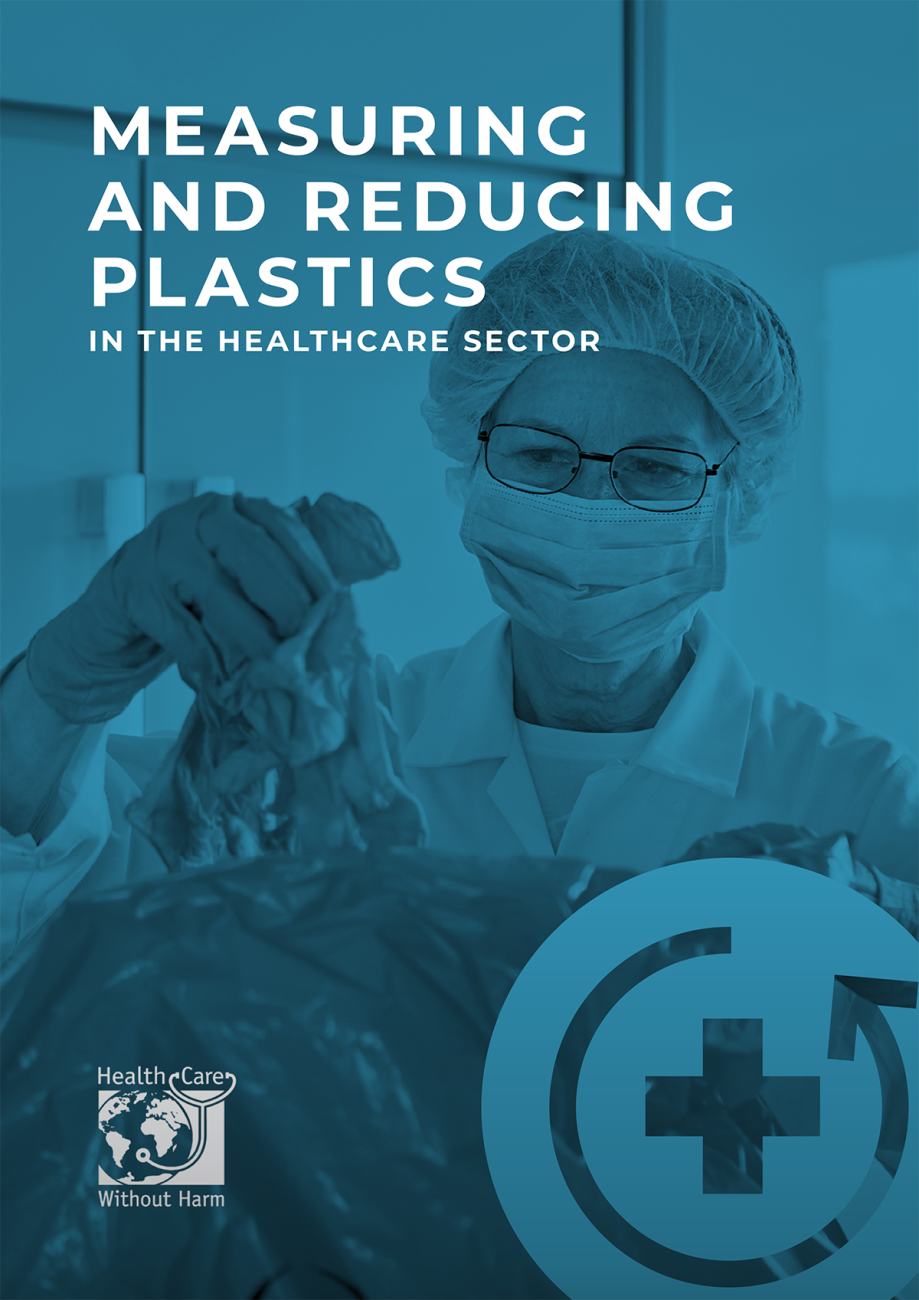Single-use plastics are being overused in healthcare when alternatives are available, despite the negative impact on both human health and the environment. Plastic has become ubiquitous in healthcare, with a dramatic shift towards single-use items in recent decades. Our latest publication, Measuring and reducing plastics in the healthcare sector, provides data on plastic use in the healthcare sector and successful case studies of reducing plastics. Our publication also gives you practical steps on how to measure data for your own healthcare facility’s plastic consumption to support a compelling, evidence-based case for taking action on plastic in healthcare.
Each stage of the plastic life cycle - resource extraction, manufacturing, use, and disposal can negatively impact health and environment. Though essential for healthcare delivery in some cases, over-reliance on disposable plastics is threatening the resilience of our healthcare systems, as evidenced by shortages of medical protective clothing at the peak of the COVID-19 pandemic.
Healthcare providers are a trusted voice in their communities. Not only can they play a critical role in tackling plastic consumption and waste within their own institutions, they can also inspire action in their communities and other sectors, limiting use of plastic to when absolutely necessary and alternatives are unavailable.

This latest HCWH Europe publication was produced as part of the project Towards plastic-free healthcare in Europe, and presents findings from the project.
The first part of the publication presents essential information on what plastics are, their negative impact on environment and health, and the harmful chemicals present in them. Supported by evidence from HCWH Europe’s plastic waste audits and procurement surveys, as well as other sources, we provide an overview of plastics commonly used in healthcare today.
Building on this overview of plastic in healthcare, the second part is a step-by-step guide and methodology for healthcare providers to conduct their own plastic waste audits and procurement data analysis. Calculating this data can strengthen the business case for taking action on plastics, and the publication includes successful case studies and solutions on applying the waste hierarchy in healthcare, reducing plastics, and communicating with colleagues and the community.